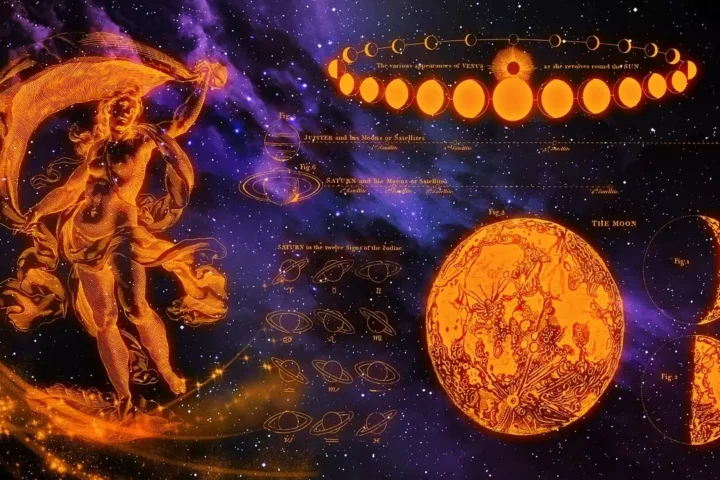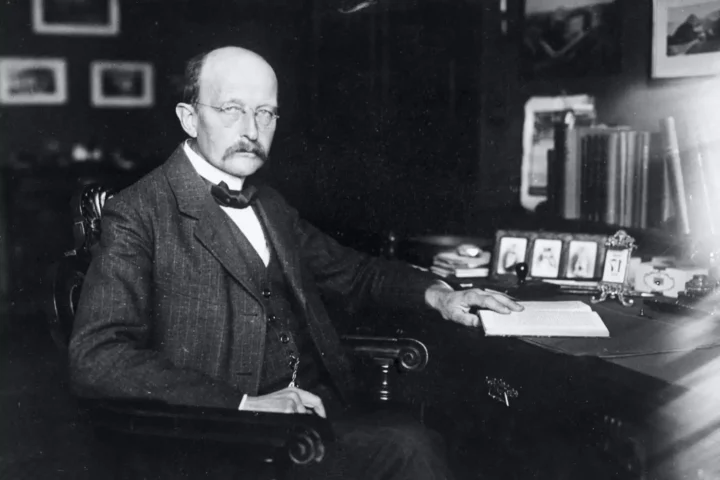Since 2015, by the U.S. The Supreme Court have legalized gay marriage throughout the U.S. Currently, same-sex marriage is legal in 34 countries and counting. The world continues to move towards the liberalization of relationships, regardless of gender. The problem of gender identity is louder than ever. President Biden also supports this direction of society. He recently declared that the issue of gender and transgender equality is “a civil rights issue of our time.”
But when we talk about liberalization, transgenderism, LGBT (or LGBTQI or even LGBTQIA2S+), when people are allowed to marry regardless of gender or internal gender identity, we should ask ourselves why it it restricted by only two individuals? It neglects the category of those who consider themselves polyamorous or polygamous. After all, this is also a question of equality and tolerance, isn’t it? Or is it still a relic of a patriarchal society that has remained in Muslim society? Let’s see what is a polygamous relationship and is there any chance to make a polygamous marriage legal from the point of view of the government?
Polygamous Marriage vs Monogamous Marriage
Polygamous marriages, allowing more than one spouse, still exist in some Muslim societies. They are based on religious and cultural traditions that support the ability to have multiple wives at the same time. However, the Western world, with its historically and culturally rooted notions of monogamous marriage, rejects polygamy as a remnant of a patriarchal society.
Monogamous marriage is the most common form in the Western world. Traditionally, it’s customary to have only one spouse at a time. Monogamy is considered the basis of family values and long-term partnerships. In this tradition, this is a union between two individuals based on mutual love, devotion and respect.
However, with the development of society and the discussion of gender identity and the rights of transgender people, it becomes clear that it can’t be limited to the traditional cultural heritage that guides us today. Nowadays, which isn’t patriarchal (adherents of the feminist movement will not fully agree with this statement), there’s a need for a new stage in the regulation of relations.
If society supports the idea of transgenderism, gay marriage, free the nipple, same-sex relationships, self-identification based on gender identity, then the alliance options that the state allows may be more than just monogamous marriage. New forms of relationships may have different models, regardless of the number of people in such an alliance, but which are able to satisfy all the needs and diversity.
Historical Reference
If you delve into history, then humanity has already experienced all the options for relationships, including on legal grounds.
Polygyny, the alliance of a man with several women, is not uncommon. And by the way, not only in the Muslim world. In the United States, it was the norm among Mormons. For example, the second president of the Mormon Church, Brigham Young, married 55 women. It was also common in Africa, Asia etc.
Polyandry, the alliance of a woman with several men. Historically, this has been a norm in Tibet, parts of India, Nepal, the tribes of Kenya and Tanzania, the Aleuts of North America, some indigenous peoples of South America, and so on.
Group marriage is, basically, the oldest form, in which all men of one consanguineous group could have marital relations with all women of another group. And although in modern world such a variation isn’t officially recognized in any country around the globe. But this doesn’t mean that this phenomenon doesn’t exist. An example of polyamorous or polygamous relationships is what is called “open marriage”. For some reason, until now, more than two individuals at the same relationships can’t enjoy the same rights regarding property, custody of children, and so on, as spouses in an officially registered alliance of two people.
How Soon Will Polygamous Marriage Be Allowed?
Having gone through all the options for relationships and their legitimization at the state level at one time or another in one or another part of the world, some may say for sure that monogamous marriages will be gradually replaced by other forms. This can be both the absence of registration of relationships in principle, and the removal of restrictions on the quantitative approach to registration. We are already in the process of adopting new norms. So don’t be surprised if tomorrow we’ll see a sharp interest in this topic and its heated discussion.
The liberalization of society does not accept limits or boundaries. Society has already experienced its sexual revolution. LGBT people have become the norm, and same-sex marriages are allowed in 34 countries. Plus, the ideas of celibacy are a thing of the past, and the sexual counter-revolution exists only on paper. Puritan morality, as an example of a way of life characterized by extreme strictness of morals and chastity, is defeated before the onslaught of modern values and desires.
If anyone thought that same-sex marriage or transgender rights discussions were the end of the relationship debate, they are wrong. Now is the moment to ask yourself, why is polygamy illegal? And the answer to this question is a big challenge for such concepts as the traditional family and traditional union of individuals, as well as the number of individuals in it.




